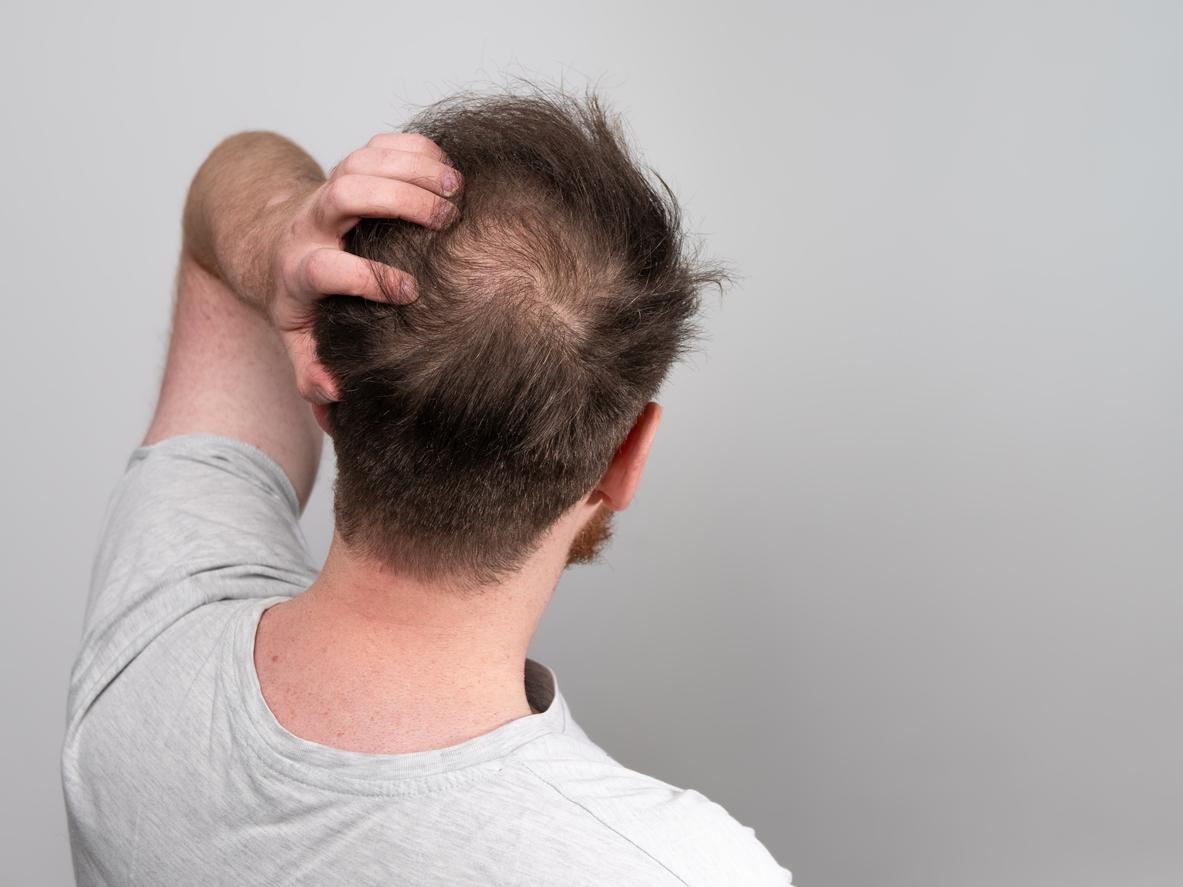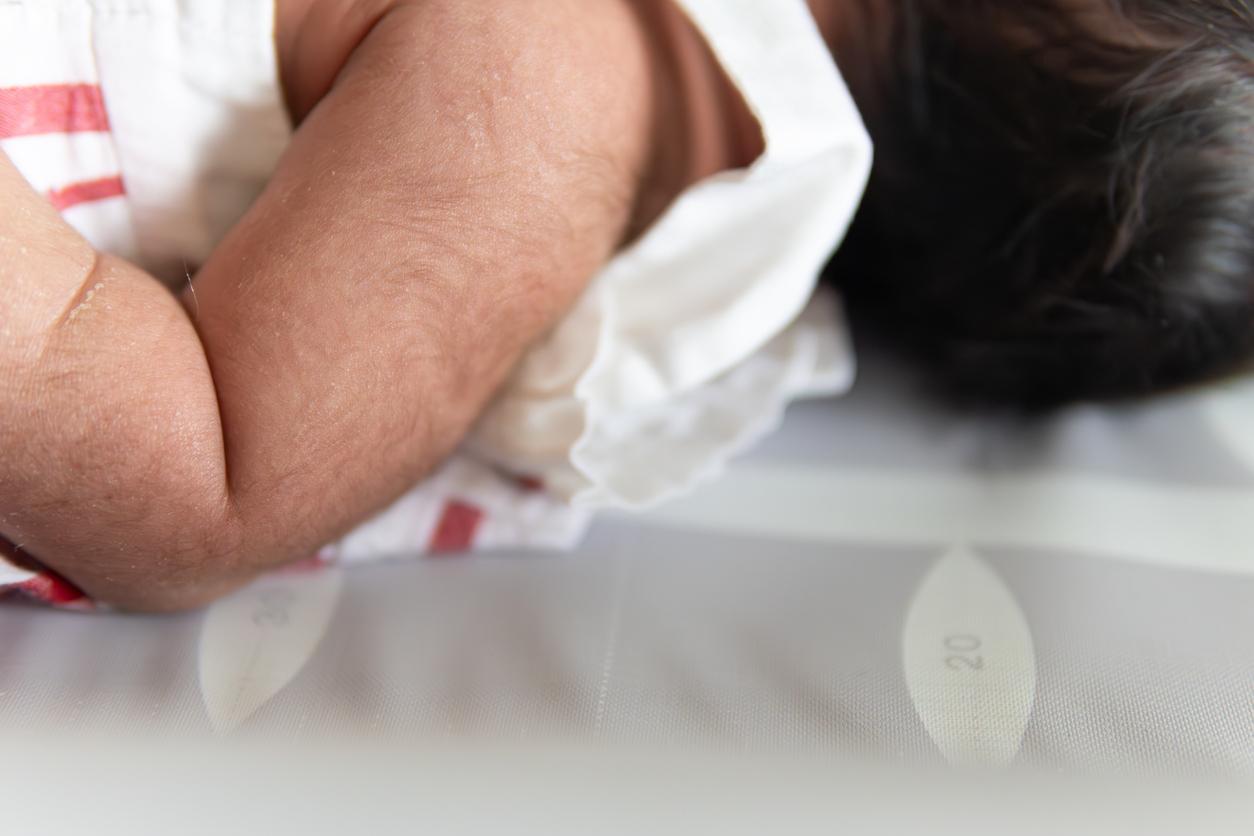American researchers have discovered the unexpected role of immune cells in the process that triggers hair and body hair regrowth.

Many scientists are tearing their hair out for a cure for baldness – and thus winning the race in a sizeable market. The discovery made by researchers at the University of California at San Francisco (UCSF, United States), and whose results are published in the journal Cell, comes to advance the understanding of the mechanisms of hair growth.
They have shown that immune cells, regulatory T lymphocytes (or T-regs), trigger the regeneration of hair follicles. When they are absent at the base of the hair, it does not grow back.
Lucky find
It was by chance that UCSF researchers made this discovery. Launched in research on wound healing, they used a technique to remove T-regs from certain areas of the skin in mice. To observe the healing in this absence, they had previously depilated the rodents.
“We quickly realized that the hair in the shaved areas never grew back, and we thought, ‘Hmm, that’s interesting,’ says Dr. Michael Rosenblum, dermatologist at UCSF, and one of the authors of the study. We realized we had to dive into this. “
Immune system diplomats
T-regs are quite special cells of the immune system. While, in general, other immune cells fight external aggressions (bacteria and other intruders), T-regs do a little diplomacy: they inhibit their overzealous counterparts, when they feel like attacking wrongly. and through, and thus limit inflammation. And when this regulation no longer works properly, reactions can appear. This is the principle of allergies to harmless substances such as peanuts, for example.
But in certain localized areas, the T-regs could also have evolved and developed more specific roles. In the skin, in particular, they serve as a pass for harmless bacteria, which would in principle be attacked by the immune system.
They are therefore also strongly involved in hair growth. Their number triples in the regeneration phase of hair follicles. And without this presence, regeneration does not take place. Researchers have identified the protein secreted by T-regs that triggers the activity of stem cells in the follicles, and therefore regeneration: Jag1.
Alopecia areata and baldness
“It is as if stem cells and T-regs had evolved together, so that T-regs no longer only protect stem cells from inflammation, but also take part in their regeneration effort,” explains Dr. Rosenblum. Now, stem cells are totally dependent on T-regs to know when to start regeneration. “
This discovery, the result of research that was not intended for hair, is of particular interest to specialists, particularly in the treatment of alopecia by areas, also called alopecia areata. This very common, but little understood, autoimmune disease results in loss of hair or body hair, in small areas and throughout the body. The immune system attacks normal cells, which causes hair loss.
T-regs or the Jag1 protein could also enter treatment protocols for classic baldness.
.














